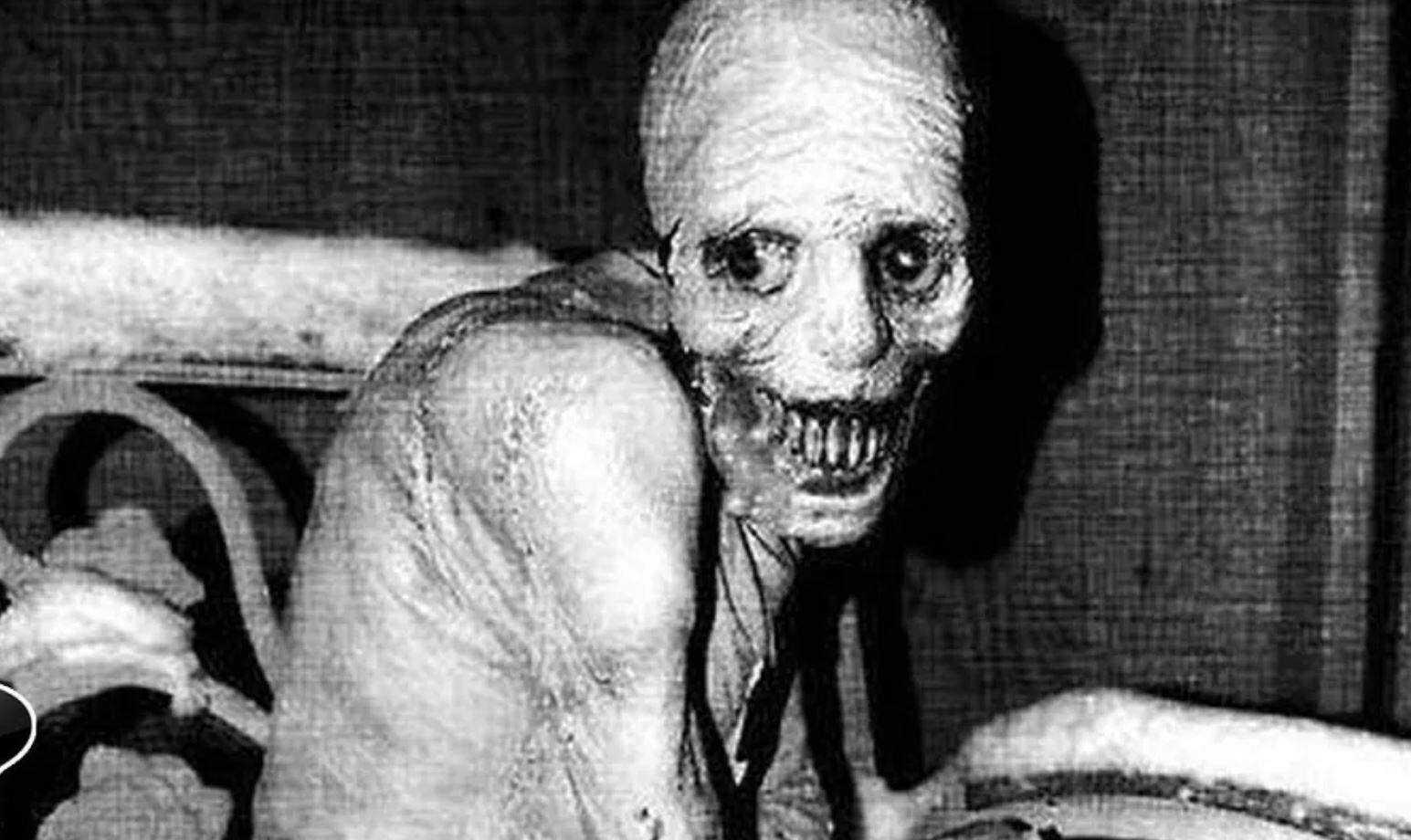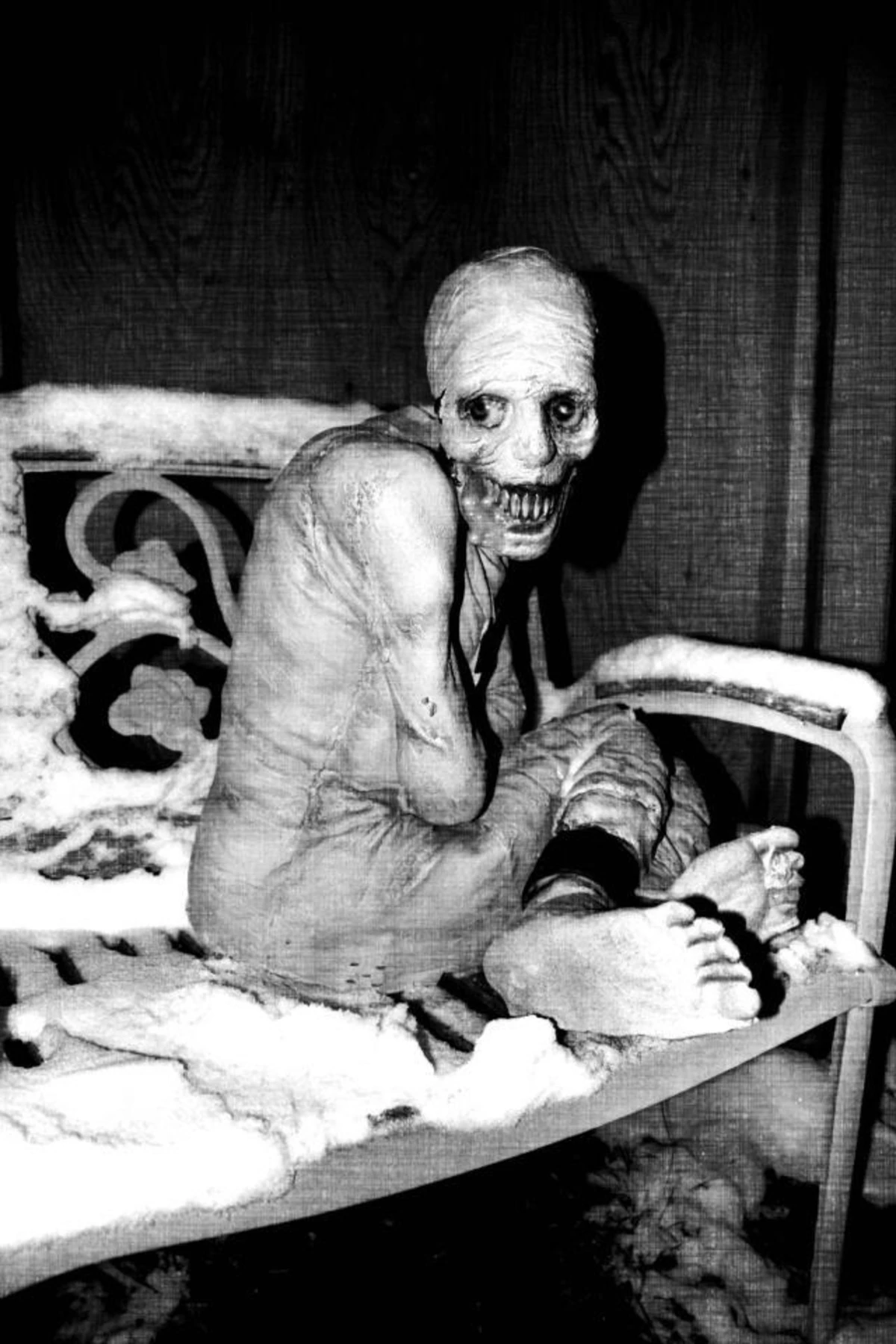Horror Stories
Is ‘The Russian Sleep Experiment’ Real? – Let’s Find Out!
Did a covert Soviet experiment truly subject five prisoners to a sleep-inhibiting stimulant for 30 days, leading to gruesome acts of self-mutilation and cannibalism?

The chilling story known as “The Russian Sleep Experiment” has captivated audiences with its haunting tale of five test subjects subjected to a sleep-inhibiting stimulant in a Soviet-era scientific experiment. But, it’s this story based on real facts or it’s just another urban legend? ‘The Russian Sleep Experiment’ never took place and it’s in fact based on a fictional story that belongs to the world of Creepy Pasta, a genre of internet horror stories or urban legends that are shared through online platforms.
The origins of this spine-tingling story can be traced back to a website, now known as the Creepypasta Wiki, where it was posted on August 10, 2010, by a user named OrangeSoda, whose true identity remains unknown. News outlets like Snopes, News.com.au, and LiveAbout have explored the story’s roots, solidifying its status as an internet sensation.
Set in 1947 within a covert Soviet test facility, the experiment involved keeping five prisoners, considered enemies of the state, in a sealed gas chamber. They were continuously administered an experimental gas-based stimulant compound to keep them awake for an astonishing 30 consecutive days. False promises of freedom were made to the prisoners if they completed the experiment within the designated time frame. Initially, the subjects behaved normally, conversing with one another and communicating with the researchers through the one-way glass. However, their discussions gradually turned darker in nature.
On the ninth day, one subject began screaming uncontrollably, but the others remained unaffected. The screaming persisted until the subject tore his vocal cords, rendering him mute. When a second subject started screaming, the others blocked the researchers’ view by covering the porthole windows with torn book pages and their own excrement. Days passed in eerie silence, preventing the researchers from observing the subjects. They resorted to using the intercom to check if the subjects were still alive and received brief responses expressing compliance.
On the fifteenth day, the researchers made the decision to turn off the stimulating gas and open the chamber. However, the subjects vehemently resisted, fearing they would fall asleep. Upon entering, the researchers discovered a horrifying scene. The four surviving subjects had subjected themselves to severe self-mutilation and cannibalism, causing extensive bodily harm. One subject lay dead on the floor, having been cannibalized by the others. Refusing to leave the chamber, the subjects attacked and even killed a soldier while severely injuring another who attempted to remove them. When finally extracted from the chamber, all subjects displayed extraordinary strength, resistance to sedatives, and a desperate desire to remain awake and receive the stimulant. It was determined that if any of the subjects fell asleep, they would die.
The surviving three subjects, having received some treatment for their injuries, were prepared to return to the gas chamber with the stimulant, under orders from military officials and against the researchers’ wishes. EEG monitors indicated recurring moments of brain death. Just before sealing the chamber, one subject fell asleep and died, leaving only the remaining subject who pleaded to be locked inside. The military commander ordered three researchers to join the subject in the chamber. In a shocking turn of events, one researcher shot the commander and the mute subject, while the other researcher fled the room. Left with the sole surviving subject, the terrified researcher questioned what the subject truly was. The subject smiled and identified himself, along with the fallen subjects, as an inherent evil lurking within the human mind, kept in check by sleep. Without hesitation, the researcher shot the prisoner in the heart. In his dying moments, the subject whispered, “So…nearly…free…”
“The Russian Sleep Experiment” gained immense popularity upon its initial publication and is hailed by some as the greatest and most widely shared creepypasta story ever created.
Accompanying the creepypasta is an image of a grotesque, demonic figure, often mistakenly assumed to be one of the test subjects. In reality, the image features a life-size animatronic Halloween prop called “Spazm.” (Find it below)

Experts and scholars have analyzed the story’s themes and connections. In “Horror Memes and Digital Culture” within The Palgrave Handbook of Contemporary Gothic, Tosha R. Taylor highlights how the creepypasta reflects residual political anxieties, supposedly revealing a top-secret Russian scientific endeavor during World War II. Aleksandra Serwotka and Anna Stwora note that “Russian Sleep Experiment” and other creepypasta stories featuring experiments often incorporate scientists associated with Nazi Germany or Soviet Russia.
The popularity of “The Russian Sleep Experiment” has led to various adaptations over the years. In 2015, a novel inspired by the original short story was published, although it is currently out of print. The 2019 play titled “Subject UH1317 – When Science Traces A Deadly Turn” draws inspiration from the short story. Additionally, a psychological thriller based on the creepypasta entered production in Ireland in early 2018, helmed by director John Farrelly, and was released in November 2022. Furthermore, horror author Jeremy Bates released a novel titled “The Sleep Experiment” in July 2019, closely tied to the original short story. Several other adaptations have been created, including a film named “The Soviet Sleep Experiment,” featuring Chris Kattan and directed by Barry Andersson. Filming for the movie took place in Lakeville, Minnesota, throughout 2018, building on the terrifying legacy of “The Russian Sleep Experiment.”
And you, dear reader, now that you know the facts, what do you think about ‘The Russian Sleep Experiment’?
